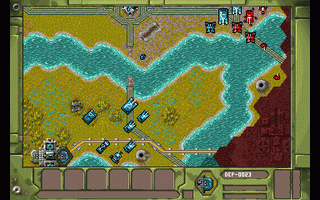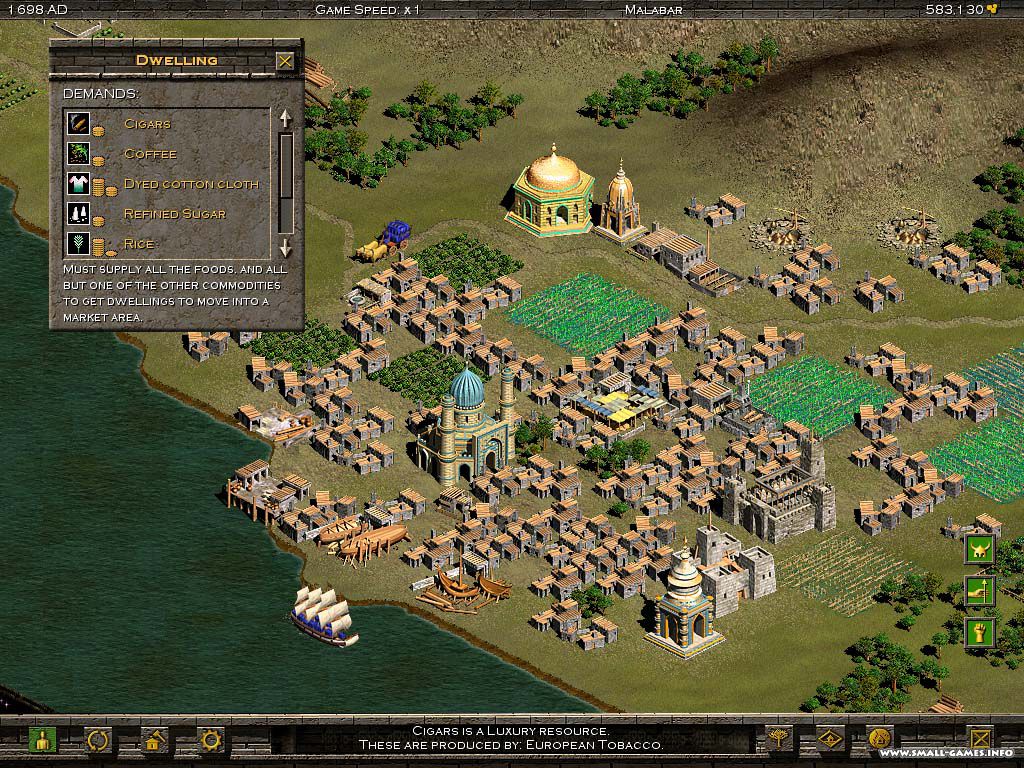Canals are of two types: shipways between bodies of water (Suez, Panama, Kiel, Corinth), and 'regularizing' rivers to make them more suited for transportation (Erie, China's Great Canal). The latter will have to wait until Civ gets around to recognizing the extreme importance of Rivers to historical city development, transport, supply, and industry. The former is partly satisfied by putting a City on a narrow isthmus so that your and your allies' ships can use it for passage. That is inadequate, but since you'll need the owned territory of a city to build Anything, it will do in many cases. What would make it really useful as a Canal Mechanism would be to allow Extreme Builder Actions (or expending a Great Engineer?) to convert a Plains, Desert or Grassland (in other words, 'Flat') tile into Coastal Water. That would allow both some of the Harbor Building that took place historically (dreading) and the canals that connect major bodies of water without necessarily going through the middle of a city.
Until they figure out how to allow and measure movement along a river, the river-canals are pretty much a non-starter, and rivers themselves will remain badly mis-represented in Civ.
'Tunnels' is part of the general problem of Civ not allowing the player or AI to modify the terrain to the extent that 'actual' Civs have been doing for centuries. If both railroads and roads could be tunneled through the Rocky Mountains, Sierra Nevada and the Alps from the mid-Industrial Era on, there is no excuse for not having some in-game mechanism for it - and later, in the Information Era, even 'tunneling' under Coastal Water tiles (Chunnel). All of these should be massively expensive in either Builder Charges or, better, in the expenditure of Great Engineers.
Along with transportation tunneling, humans have been massively changing the landscape with Open Pit Mining since the beginning of the Modern Era, removing entire mountain tops or excavating the equivalent of an entire city center to get at ores otherwise economically unreachable. Since the mid-Industrial Era, Hydraulic Mining was also used to literally tear apart mountains and hills to get at ore.
Some of these mining techniques, and certainly the results, should be available in Civ in the late game, along with tunnels, useable rivers for transportation and trade, and canals/coastline modification.





